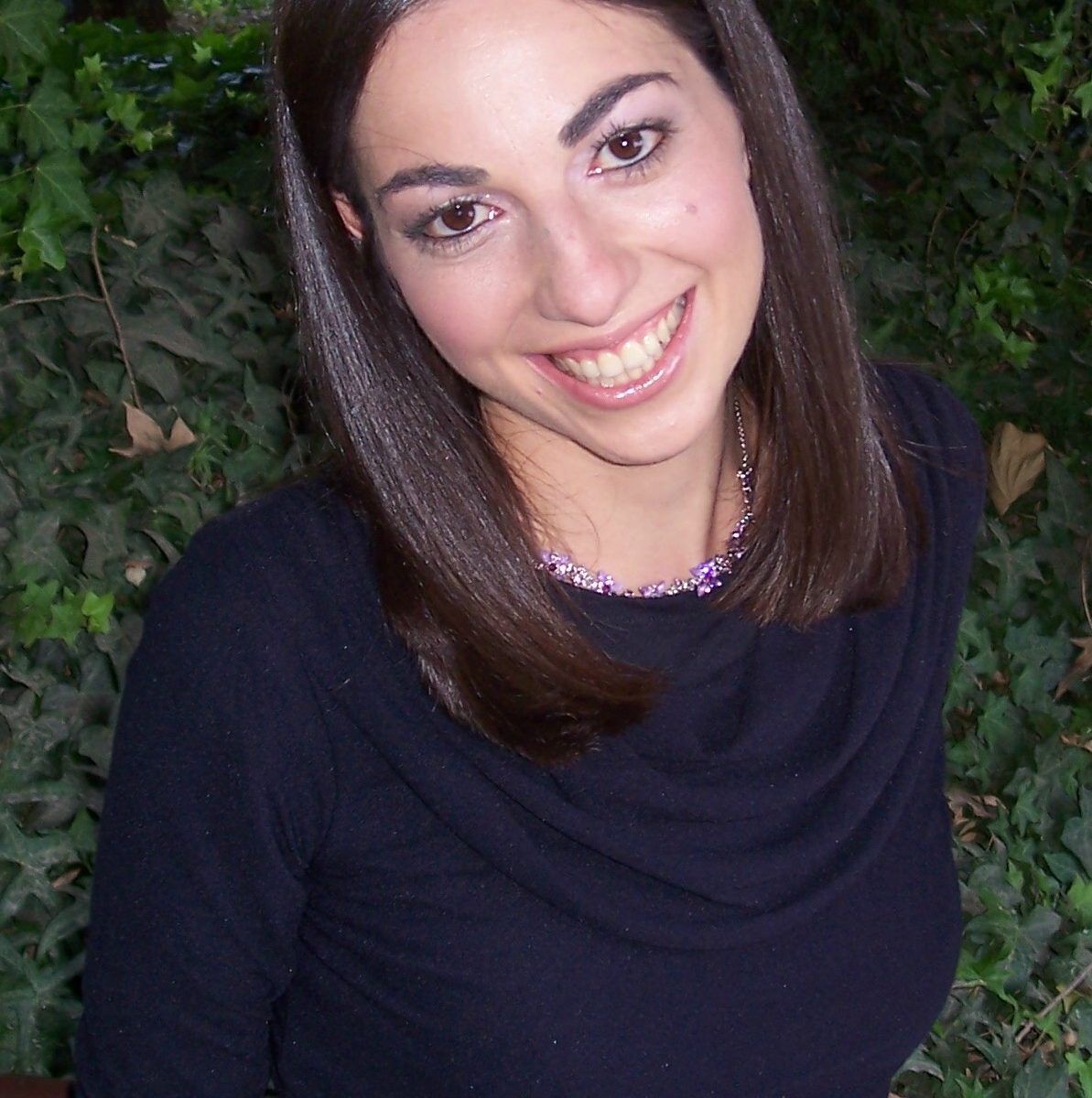
Nigel Savage, director of Hazon. (Courtesy Hazon)
BALTIMORE (JTA) – Watching coverage of the Siyum HaShas celebration in New Jersey this summer, Rabbi Ethan Linden said he wasn’t impressed by the spectacle of 90,000 Jews packed into a football stadium glorifying Talmud study.
Rather, Linden said, he was impressed by the discipline: the daily learning of Talmud that untold thousands around the world undertook to complete the Daf Yomi, the page-a-day Talmud study cycle that takes 7 1/2 years to finish.
So when the Daf Yomi adherents started a new cycle the next day, Linden, a Conservative pulpit rabbi at the Shir Chadash congregation in New Orleans, decided to join in.
“Watching the coverage of it made me feel like more liberal-type Jews need to be doing this,” Linden told JTA.
“I try to do some every day after I daven in the morning,” he said. “Sometimes it works, but often I’ll find it’s 11 o’clock at night and I’ll sit down and learn it. For me, much like with prayer, I really appreciate the daily discipline that at times is an extremely meaningful experience when things jump off the page and at other times when I’m just getting through it.”
Two of Linden’s congregants also have started the Daf Yomi, and Linden has launched an invitation-only Facebook page called Unorthodox Daf Yomi that now has more than 120 members.
The members are just some of the many Jews who say they were motivated by the publicity surrounding the Aug. 1 completion of the Shas — the 2,711 pages of the Talmud — to make daily Talmud study a part of their lives.
The Siyum — literally “completion” — helped Dyonna Ginsburg, the New York-based director of Jewish service learning for the Jewish Agency for Israel, decide it was time to address what she called weaknesses in her Jewish knowledge. The daughter of a Conservative rabbi and a graduate of a Modern Orthodox high school on Long Island, Ginsburg had studied Talmud before, but not in a systematic way.
“Until now my engagement with the text and the issues were very piecemeal, isolated segments not in their overall context,” Ginsburg said. “The ability to really go through the Talmud page after page and understand the flow has been really, really powerful.”
With a chuckle, she added, “The thought of taking on something that lasts 7 1/2 years seemed overwhelming. It wasn’t well thought out, but I have not missed a day.”
In Atlanta, Ari Bendicoff, who had seen advertisements for the Siyum in the weeks leading up to it, watched the New Jersey celebration on the Internet. He needed no more convincing.
“I grab it as I can,” said Bendicoff, 29, a business analyst in health-care technology, said of his Daf Yomi study time. “There is a lot of weekend catch up.”
The experience, he said, has helped with his overall Jewish learning.
“This can really give you somewhat of a 20,000-foot perspective,” Bendicoff said. “You get the high level of review and understand the connections between the laws of damages and the laws of family relations, as well as agricultural law. It all connects.”
Nigel Savage, director of the Jewish environmental organization Hazon, sent an email recently to followers and wrote a blog post about his own newfound embrace of the Daf Yomi.
Savage said he was inspired when a colleague at Hazon, David Rendsburg, showed him the new translated Steinsaltz Talmud — the Koren Bavli Talmud edited by Rabbi Adin Steinsaltz that combines modern Hebrew and English with traditional commentaries. Savage said he was hooked.
“When David showed me the new Koren/Steinsaltz Talmud, and added that he was starting the daf yomi cycle, on a whim I decided to do the same,” Savage wrote in his blog post. “I ordered it a few minutes later on Amazon and it showed up two days later — this strange combination of the contemporary-fastest-of-the-fast, with the oldest-and-slowest-of-the-slow.”
Savage, who said several people have responded to his blog post by saying that they, too, have begun the studies, says he has not missed a day of learning.
“On days when I have time, I do more than a page, and on days when I don’t have as much time I do less,” he said.
One recent day, while studying pages 27 and 28 of Tractate Brachot, he said he was too captivated to keep going, so he began mining the commentary and making notes in the margins.
“It’s an amazing, amazing story where Rabban Gamliel as the Nasi is essentially toppled; there’s a sort of palace revolution,” Savage said of one of the great first-century leaders of the Sanhedrin council of sages. “Instead of spending only a day on it, I spent five, which put me further behind, but I imagine I’ll catch up on other pages.”
With the completion of the first tractate of the Talmud in the Daf Yomi cycle slated to occur in early October, Ginsberg says she is preparing a celebration of her own, as is the custom when finishing a Talmudic tractate. In keeping with the spirit of the tractate, she plans to invite some friends over for a themed brunch.
“The seventh chapter deals a lot with etiquette at meals and different food items and what should be served when,” she said. “It fits well.”
JTA has documented Jewish history in real-time for over a century. Keep our journalism strong by joining us in supporting independent, award-winning reporting.






